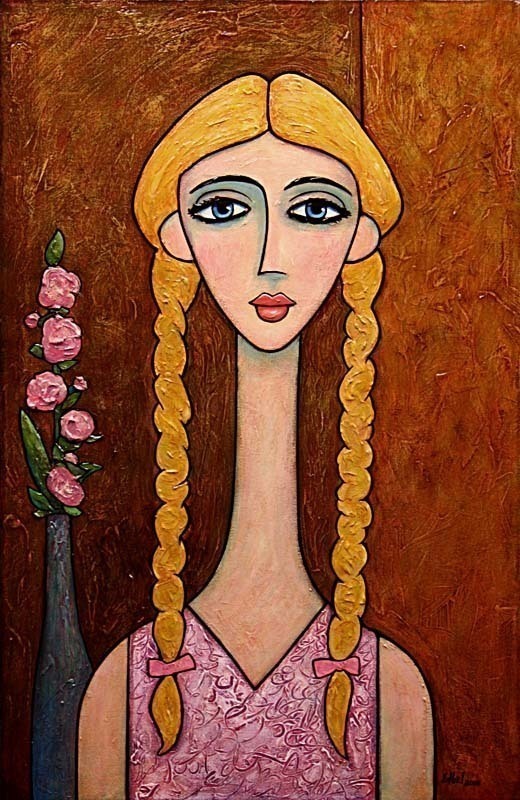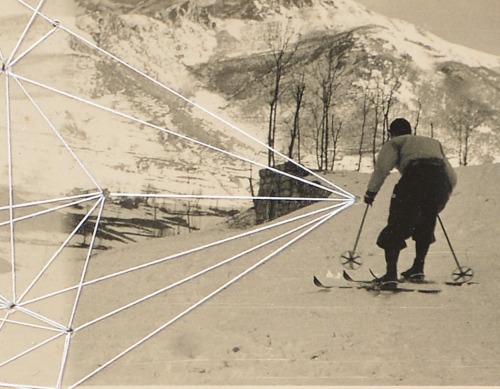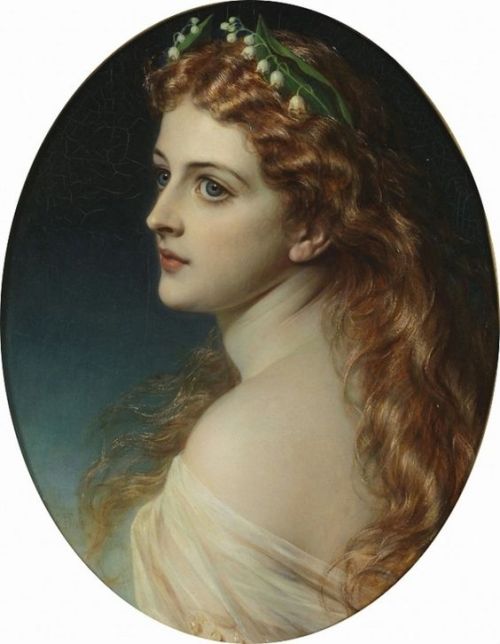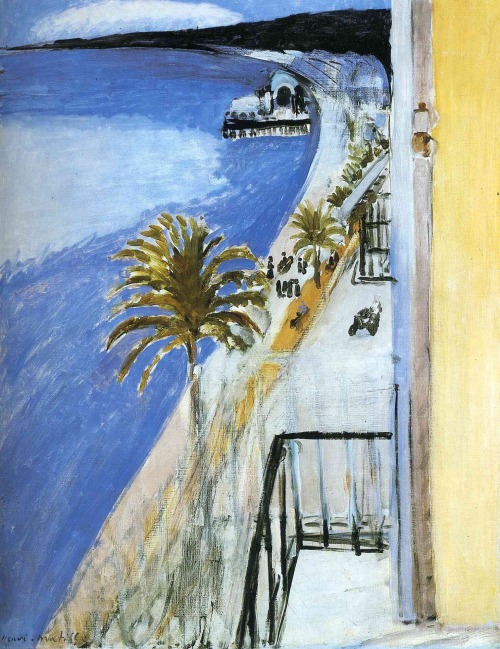#private collection
Rossana Taormina, Better times #1_2020. Private collection
hand embroidery on found photograph; 12 x 32 cm
photo by Franco Noto
Post link
Rossana Taormina, Better times #2_2020. Private collection
hand embroidery on found photograph; 22 x 28 cm
photo by Franco Noto
Post link
Pierre Auguste Renoir - Girls at Argenteuil
c. 1896 / oil on canvas / 54 cm x 65 cm / Private Collection
Post link

“tiki blue eyes”, 2008 by Norman Engel

“Woman from El Paso”, 2017 by Norman Engel

“Houseplant”, 2001 by Norman Engel

“circus”, 2006 by Norman Engel

“ponytail”, 2004 by Norman Engel

“Island Music“, 2009 by Norman Engel

“Feisty”, 2005 by Norman Engel

“long blonde braids” 2008 by Norman Engel

“tuner - receiver”, 2015 by Norman Engel

“woman”, 2006 by Norman Engel

“thinking of you”, 2003 by Norman Engel

“Gothic”, 2004 by Norman Engel

“nude at the mirror”, 1990 by Norman Engel

“Native American girl”, 2018 by Norman Engel

“Young Native American”, 2021 by Norman Engel

“Latin Ballroom Dancer”, 2007 by Norman Engel
Henri Matisse - Still Life with Books and Candle (1890)
- This painting is one of the first ones which he created.
Two years later in 1891 Matisse returned to Paris to study art at the Académie Julian and became a student of William-Adolphe Bouguereau and Gustave Moreau. He began painting still-lives and landscapes in the traditional Flemish style, at which he achieved reasonable proficiency. Most of his early works employ a dark palette and tend to be gloomy. Matisse was influenced by the works of earlier masters such as Jean-Baptiste-Siméon Chardin, Nicolas Poussin, and Antoine Watteau, as well as by modern artists, such as Édouard Manet, and by Japanese art. Chardin was one of Matisse’s most admired painters having made four copies of the French still-life master paintings in the Louvre. Although he executed numerous copies after the old masters he also studied contemporary art. His first experimentations earned him a reputation as the rebellious member of his studio classes.
After a discouraging year at the Académie Julian, he left in disgust at the overly perfectionist style of teaching there. Afterwards he trained with Moreau, an artist who nurtured more progressive leanings. In both studios, as was usual, students drew endless figure studies from life. From Bouguereau, he learned the fundamental lessons of classical painting. His one art-schooled technical standby, almost a fetish, was the plumb line. No matter how odd the angles in any Matisse, the verticals are usually dead true.
Moreau was a painter who despised the “art du salon”, so Matisse was destined, in a certain sense, to remain an “outcast” of the art world. He initially failed his drawing exam for admission to the École des Beaux-Arts, but persisted and was finally accepted.
Post link












